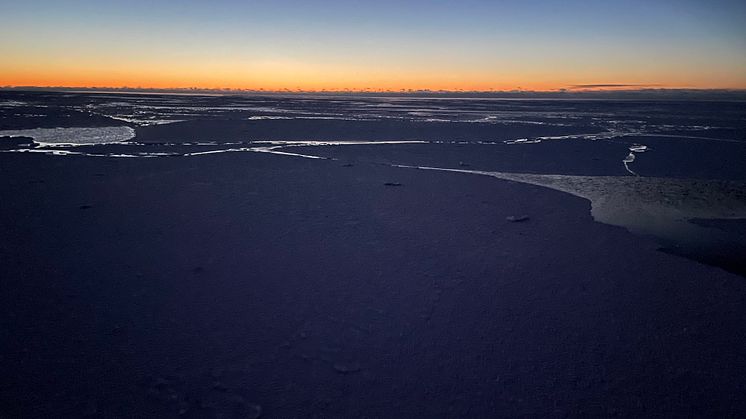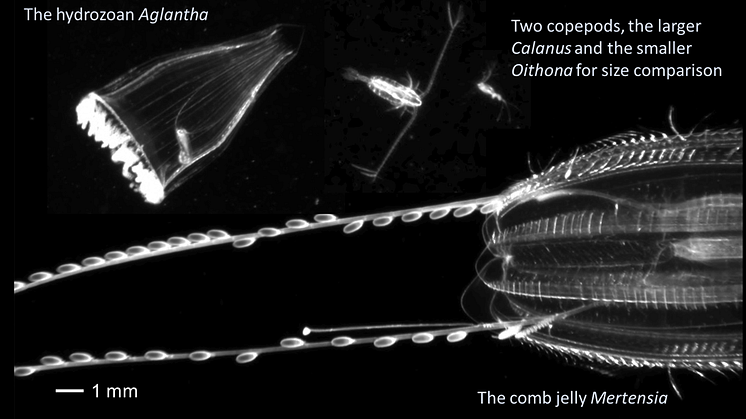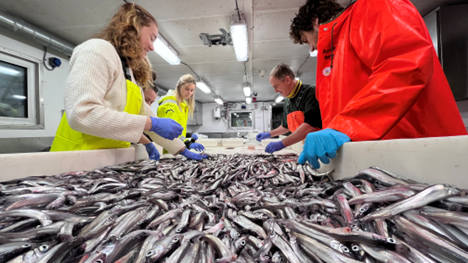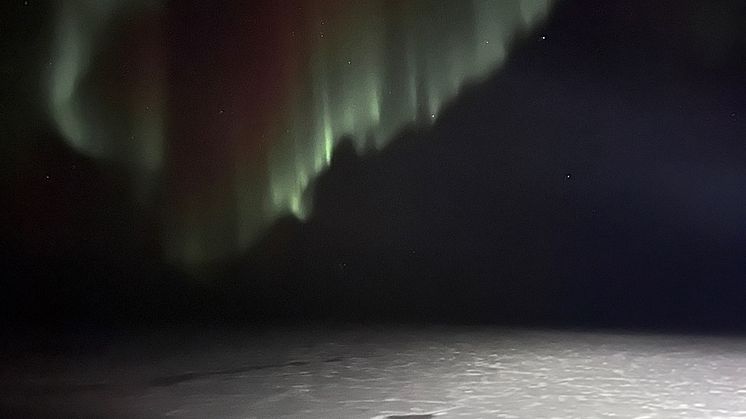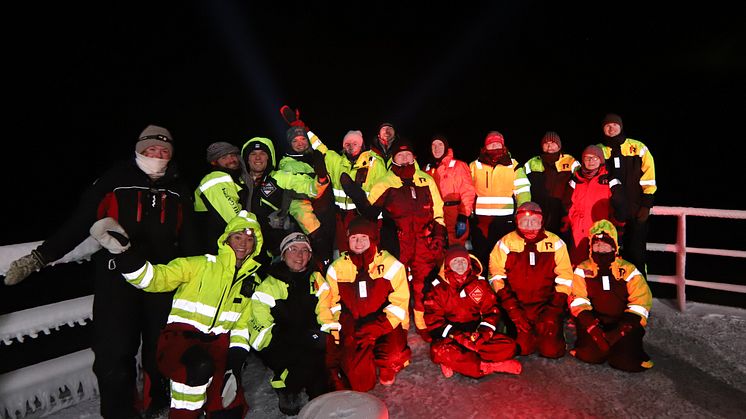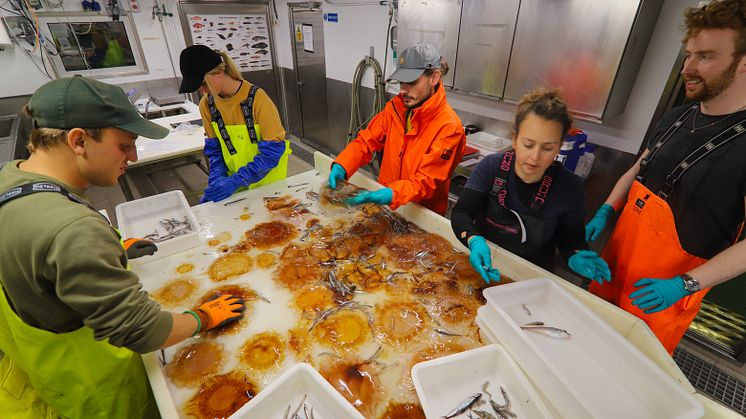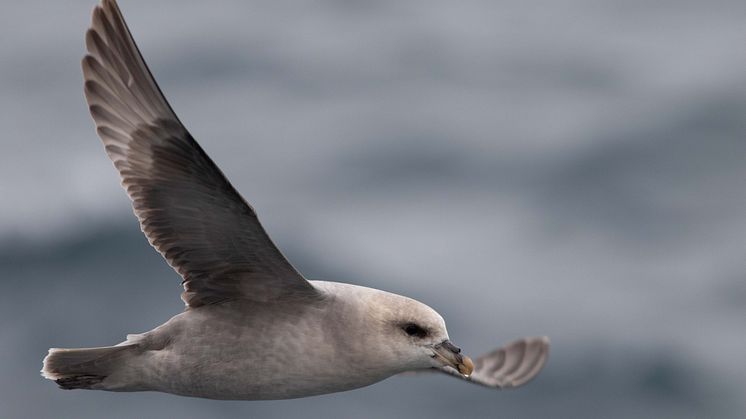
The role of ice algae in the future Arctic carbon cycle - presentation at the Gordon Research Conference
The Gordon Research Conference (GRC) on Polar Marine Science took place in Tuscany, Italy, March 9. - 14.. The conference topic was Sea Ice as a Nexus in Polar Seas Between the Ocean and the Atmosphere. Prof Marcel Babin was chairing the conference with Lisa Miller as vice chair.
Akvaplan-niva was represented by Eva Leu who presented a poster about the role of Melosira arctica in the future A

